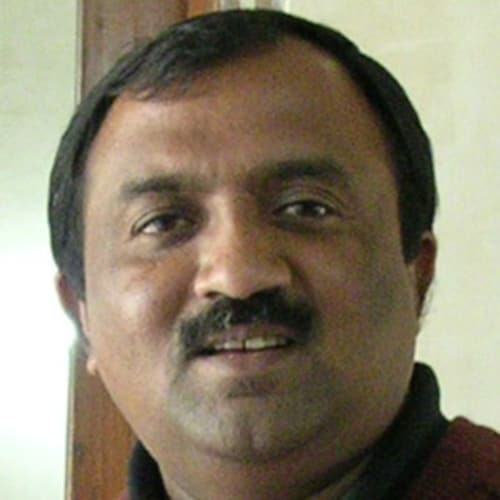Opening Moves at the World Chess Championship
V Krishnaswamy on Viswanathan Anand’s performance against Boris Gelfand in the first two games of the world championship
First and foremost, how does one explain a rest day on a Sunday in a sporting event but that’s how it was after two games of the ongoing World Chess Championships final between India’s defending champion Viswanathan Anand and Boris Gelfand in Moscow’s most famous art landmark, the State Tretyakov Gallery.
The first two games of the 12-match final were drawn and the score stands 1-1. The third game starts late in the afternoon (Moscow time) on Monday. Nothing unique for a World Chess championships final match, but it showed that both sides had prepared extensively, but were unwilling to throw open their cards so early in the match. So, the first two games, in boxing parlance, were akin to sparring.
Israeli Grand Master, Gelfand, who had never played a Gruenfeld defence (I will tell you a story about that a little later in this blog) against any major opponent – even a computer called Anand couldn’t recall Gelfand playing it – and yet he sprung it on the Indian, who simply stepped back and parried it away neatly. Anand himself tried to inject a bit of a risk, but Gelfand, handled it equally well. The net result: a draw in 24 moves and in under three hours.
In game 2 Gelfand played the 1.d4 and Anand went in for Slav defence and Gelfand opted for the Meran variation. All fine, till Anand played a 14…Nf6 and that set Gelfand thinking for more than 35 minutes. If you took that much time against your club opponent, he would thump you on your head, but these World Championships types are polite guys.
Anand waited, Gelfand replied perfectly. And then like good friends, that they are, they shook hands for a second draw, this one in 25 moves and still under three hours, and went for early dinner. Though not together, but with their respective teams (More about that, too, in a later blog).
***
Ah, now for a story on the Gruenfeld defence that Gelfand used against Anand in the first game.
The first documented evidence of a Gruenfeld defence being played was, believe it or not, by an Indian, Moheshchunder Bannerjee. His name was probably Mahesh Chander but old chess books refer to him thus and we leave it that. Bannerjee played it against a then well-known English player, John Cochrane in Kolkata in 1855. A barrister by profession, Cochrane, a member of the Calcutta Bar, was well known in chess circles those days. He was also the mentor of Howard Staunton, who he helped become one of the leading players of his times.
Later Gruenfeld defence became popular when Ernst Grunfeld employed it to beat Alexander Alekhine in Vienna in 1922. It was later adopted by various stars down the years, including Kasparov, Karpov and Anand.
***
Thirty years ago, when I came into sports journalism, a senior colleague in a well-known newspaper, asked me, “How the hell do you report on chess. Surely you don’t want to spend the rest of your life reporting on chess, which not many readers understand.” Analyses, openings with long-winded names, older notations and the algebraic notations, which later came into use, looked and sounded like complex formulae in physics – remember computer languages were not yet part of our lexicon, simply because we had no computers!
To me, chess was more than just a series of moves on the board with 64 squares. It was character. It was a mind game. It was determination. It was an ability to take mental pounding and survive the bruises, which no one on the outside could see or feel.
More than that, having entered sports journalism in an era when there were hardly any Indian sporting heroes – Sachin Tendulkar, Leander Paes and Anand were all yet to make their appearance – chess to me looked the most likely sport where India could produce world champions. When I said so, senior colleagues laughed, “What chance do we have against the Soviets?”
I would clam up, but I stuck to my belief. My big moment came when Anand challenged Garry Kasparov in New York at the now non-existent World Trade Centre. No newspaper wanted to fund me, yet I dipped into my pockets, stayed in NY for more than a month and reported on the match for an agency and a TV Channel – which fortunately, like me believed it was a big moment for Indian sport.
A lot of water has flowed under the bridge since. The senior colleague of those days, is now even more senior – in age - and says he didn’t mean what I thought he meant!
An Indian is now a World Champion – Anand has been so since 2007. There are many more in the assembly line, in various age groups. India’s top woman, Koneru Humpy, was World No.2 till recently, though she has slipped to No.3 now.
It is what I call my “I-told-you-so” moment!
